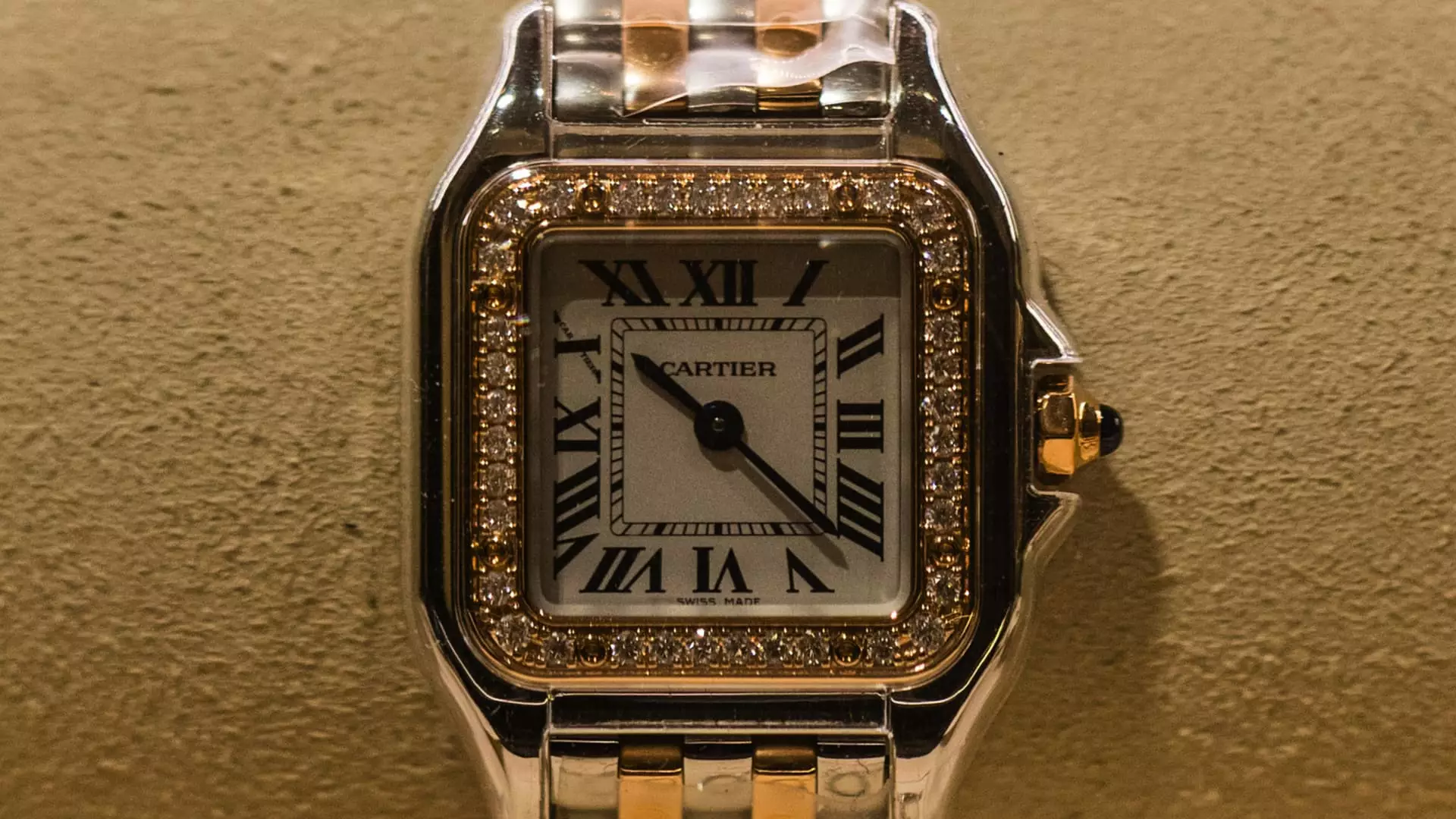In a landscape rife with uncertainty, the latest report from Richemont—the parent company of iconic luxury brands like Cartier and Van Cleef & Arpels—paints an unexpectedly rosy picture, revealing a 7% year-on-year increase in fourth-quarter sales. For many, it’s tempting to interpret these figures as a sign of resilience amongst the wealthy elite, but this analysis lacks a deeper engagement with the broader implications. Are we merely looking at a fleeting moment of prosperity, or are these numbers indicative of a troubling disconnect from reality?
Who Really Benefits? The Double-Edged Sword of Wealth Concentration
The 5.17 billion euros generated during the three months ending in March might impress investors, yet it raises critical questions about who truly benefits from this apparent economic buoyancy. The wealthiest consumers apparently remain unfazed by the global economic turbulence, continuing to indulge in luxury goods while many others grapple with financial stress. What happens to societal equity when a significant portion of economic growth is funneled into the pockets of the affluent? This situation evokes a profound concern over wealth concentration and consumer privilege. As the rich thrive, ordinary citizens face stagnating wages and rising costs, leading to a chasm that could ultimately destabilize even the luxury market itself.
The Geographic Disparities: A Divided Economic Landscape
Richmont’s report highlights an alarming retreat in its largest market, particularly with a whopping 23% decline in sales from China. This softening indicates waning consumer confidence in a country that was once a beacon of hope for luxury brands. Meanwhile, Japan showcases a contrasting narrative, boasting a remarkable 25% growth buoyed by local and tourist spending. This dichotomy underscores a critical insight: luxury’s survival is not solely anchored in opulence but is heavily contingent upon local phenomena, such as exchange rates and consumer sentiment.
A Mirage of Growth Amidst Uncertain Conditions
The company’s Chairman, Johann Rupert, acknowledges that robust performance in the Jewellery Maisons and retail sectors suggests strength, yet he also cautions about ongoing uncertainty, alluding to global risks like fluctuating tariffs and currency values. While analysts express optimism that Richemont can leverage pricing as a bulwark against looming economic headwinds, we must question whether this resilience is sustainable. Will buoyant price adjustments be sufficient to counterbalance broader macroeconomic failures and the potential fallout from trade wars?
The Reality Check: Luxury’s Fragile Future
Despite appearing robust, Richemont’s latest results also limelights a darker narrative: the luxury segment thrives not solely on the strength of consumer preference but also on the shadows of global volatility. As the luxury market continues to grapple with uncertainties, one wonders if this ‘growth’ is merely an elaborate facade, masking inevitable pitfalls lurking just beyond the horizon. The precarious balance of wealth distribution, geographical disparities, and external economic forces suggest that even brands exuding timeless elegance remain far from insulated. In an era where consumer confidence teeters on the brink, should we celebrate—or scrutinize—this paradoxical success? The reality is that in the sphere of luxury, appearances can be deceiving.

Leave a Reply